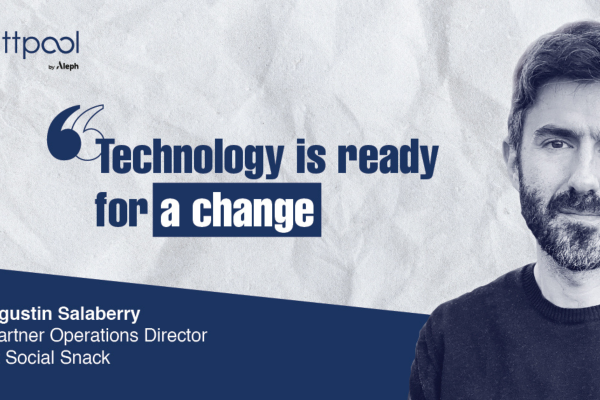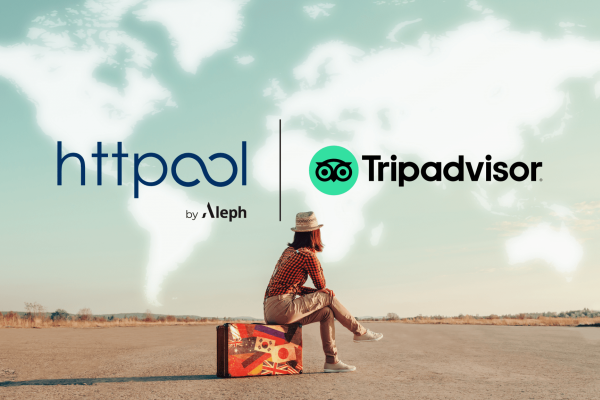
Aidis: “We are seeing the rise of influencers, individuals paid by brands to promote products, from clothes and homeware, to cosmetics and tooth whitening products. It is a phenomenon with which every Instagram and TikTok user is already familiar with. On the whole, celebrity endorsement — the ‘Hey, this product is awesome… Try it now!’ message — has been a pretty successful marketing tactic. However the way in which brands work with content creators is about to see a shift in focus.
“I really believe the spotlight will now be increasingly moving away from the personalities of the content creators and towards the products themselves.”
Why is this?
Aidis: “Because brands are cottoning on to the real potential of content creators and their ability to present products in an engaging way to their followers. When content consists solely of an influencer talking about a product, it holds little interest for anyone who doesn’t know or follow that influencer. However, for influencers tasked with producing original, product-focussed ads, applying a ‘voice’ that aims to appeal to their audience, allows for the brand to reuse the content across similar viewer groups, often achieving similar results.”
So in other words, New Markets = Easier Win’s?
Aidis: “Exactly. Brands understand that what may work in one market, won’t always translate to another. However, brands are now discovering that it’s easier, and often cheaper, to collaborate directly with local creators and influencers. Giving them carte blanche to portray the product in a way that interests their audiences, thus meaning the brand benefits from several different creative perspectives, from various content creators who have already proven success in their domains. Each of these points of view can then be specifically tailored to the local market.”
What do you think some of the important things are that brands should take into account?
Aidis: “Well it depends, but I think the first thing to focus on is letting go of the reins.”
Sounds like a very laissez-faire approach!
Aidis: “I mean when you look at it, it is! I always question, how much creative freedom is too much? After all, I believe a brand’s image is often very carefully curated and controlled, and imposing too many guidelines or restrictions on content creators can be counter-productive. For the best results, brands must have the courage to let go of their own creative vision to some degree. If they can embrace that, the potential for reaching new audiences is huge. This approach is also beneficial for brands looking for ways to scale in different markets.”
What else would you say is important ?
Aidis: “Brands should always be clear on Who Owns The Content. This is something that needs to be established early on in the relationship between brand and content creator. Both parties will need to be clear about who the content belongs to, where it can be distributed, and who can use it in the future. In this way, brands essentially take on the role of talent agencies, managing a number of different content creators, and distributing the created content in a multitude of ways (different channels, formats, and campaigns etc.). Sometimes they might use those individuals as platforms, sometimes as content creators or creative directors, who help them understand different audiences or markets, or a combination of those roles.”
What would you say the best time frame is for successful branding?
Aidis: “Definitely long term collabs.”
That’s interesting , can you expand a little more on this?
Aidis: “Of course. So far it has been evident that brands tend to collaborate sporadically with influencers, flitting from one to the next, however we are now beginning to increasingly see longer term collaborations producing far better results. Sure, these relationships require more time and investment, but that pays off very quickly. A brand can test out 20 or 30 content creators, and then decide which 10 or 15 partnerships that work the best.”
Would you say that Brand Collaboration is a new movement?
Aidis: “Brand collaboration as a concept is nothing new. We’ve seen high fashion brands collaborating with alternative companies and entities for many years, for example, Balenciaga collaborating with the Simpsons. These pairings are sometimes highly successful, and sometimes they’re not, regardless they are all attempts to reach new audiences by piggybacking on different brands. At the end of the day that’s essentially what collaboration with content creators is, the same idea, on a much smaller scale.”
Amazing. What’s the last thing you would recommend brands to focus on?
Aidis: “The playing field is evolving at an ever increasing pace. In the age of social media, brands no longer have to compete only with other brands and products present across the market, they must now compete in the same space. The battle for prominence amongst the vast array of content created and distributed on social media, is an everyday affair. Brands that are too careful and measured with their voice and message, as well as those who repeat the same message week after week, risk being forgotten about. In contrast, those with the courage to embrace handing over some of their creative control will have the chance to fly high. Time to take on the challenge.”









